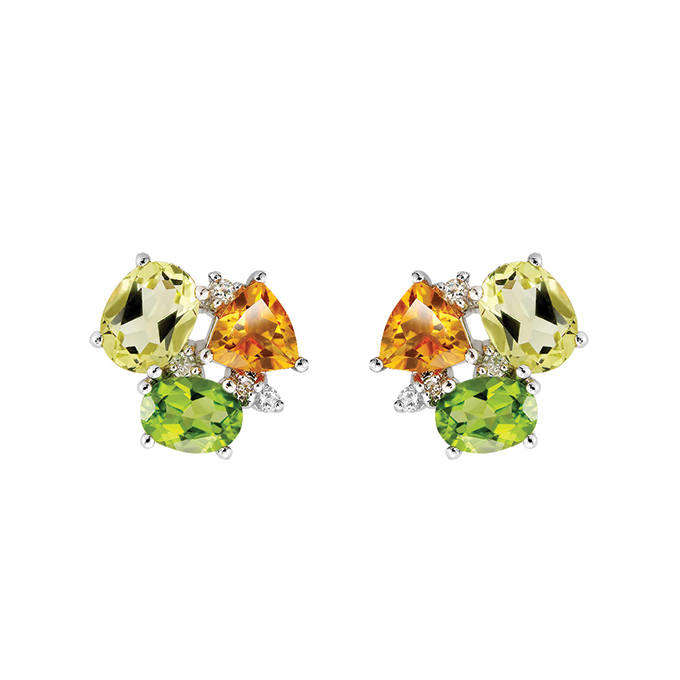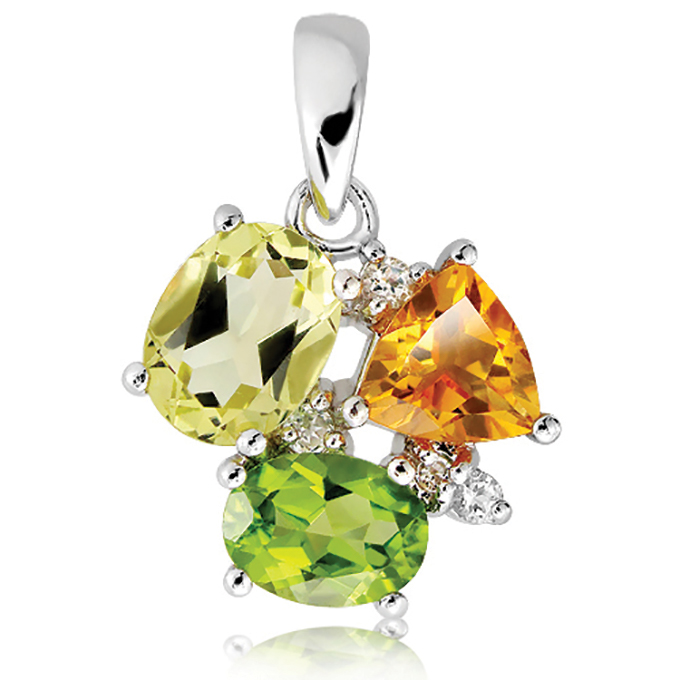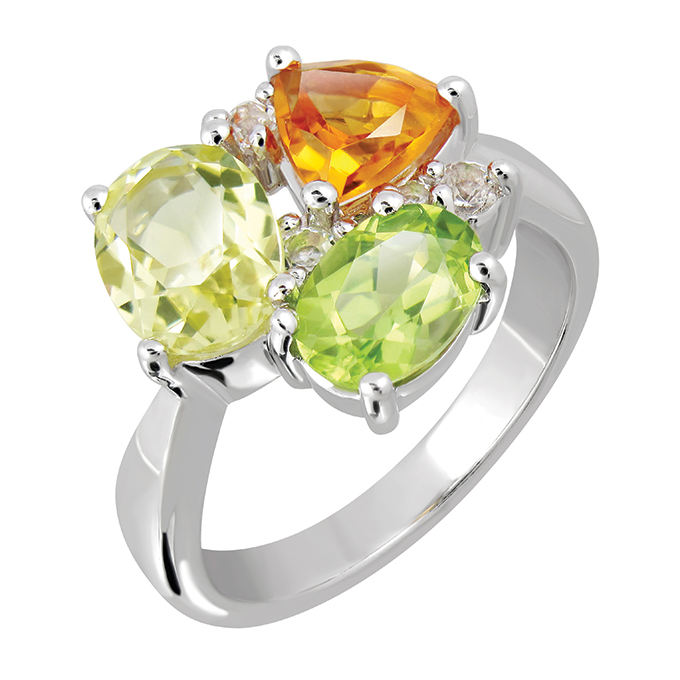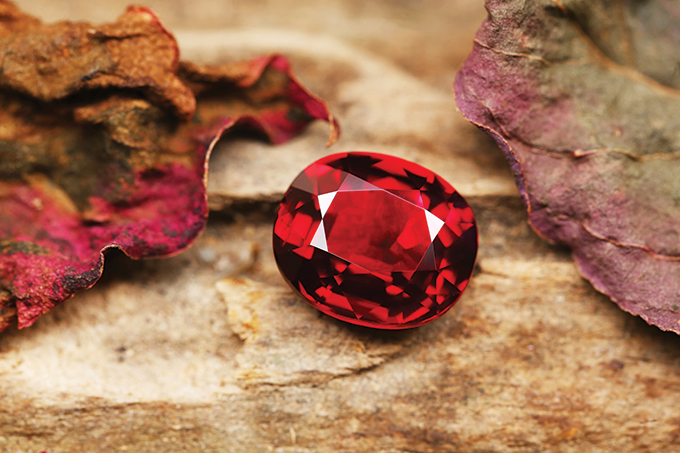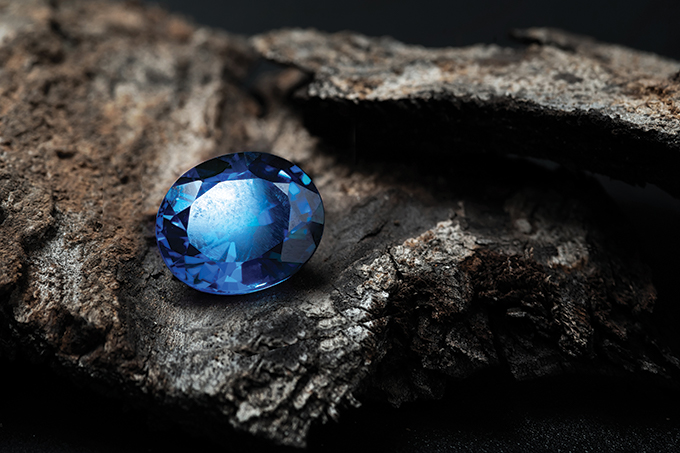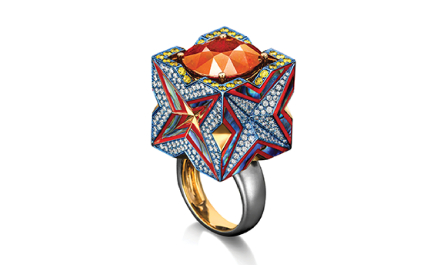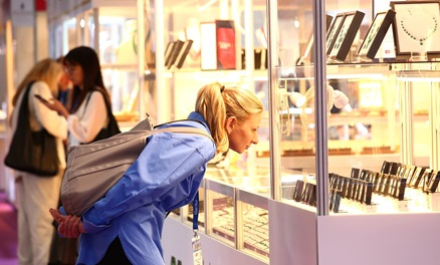Critical shifts in Thailand’s jewellery and gemstone sector are taking shape. This is how industry players are rising to the challenge.
This article first appeared in the Thailand Special 2023.
Faced with market-moving changes, Thailand is poised to further strengthen one of its hero industries – gemstone and jewellery manufacturing and exports – through continued design innovation and improved competitiveness.
According to several industry players, main hurdles to the business are skyrocketing raw material and labour prices, a manpower shortage and macroeconomic uncertainties like inflation and the war in Ukraine. The Thai jewellery and gem sector however remains resilient.
Consistently producing exceptional, high-quality designs that meet the needs of an ever-discerning clientele while offering better incentives to labourers are crucial to overcoming such challenges.
The industry is also steadily regaining its footing post-pandemic, which can further support long-term growth. According to The Gem and Jewelry Institute of Thailand (Public Organization) or GIT, exports of gem and jewellery products, without gold, rose 30 per cent to reach US$8 billion in 2022. Including gold ornaments, which GIT said are generally viewed as safe and low-risk products, export figures showed a 50 per cent increase to US$15.05 billion.
Opportunities are vast in the bridal jewellery and self-purchase and gifting categories. The return of in-person trade fairs and relaxed travel restrictions will also bode well for business. According to GIT, Thailand’s key export products include gold, gold jewellery, polished diamonds, silver jewellery and polished coloured gemstones.
GIT Director Sumed Prasongpongchai explained that while gem and jewellery exports remain a strong component of the country’s total trade, a slightly slower first quarter 2023 can be expected, owing to geopolitical and economic factors.
A stronger Thai baht against the US dollar could also deter export growth, added the GIT official. As of mid-March 2023, THB had gained around 1.6 per cent to 34.43 per US dollar.
Latest GIT figures showed gem and jewellery exports dipped 4.51 per cent year on year to US$732.92 million in January 2023. Prasongpongchai attributed this to a decline in shipments of silver, platinum and costume jewellery, and polished diamonds. This was however offset by a rise in polished coloured gemstone and gold jewellery exports.
“Thailand has always been a gem-trading nation, so coloured gems remain our most important export and import product,” he said. “Nonetheless, we anticipate a minor softening in exports this year due to stagflation and ongoing geopolitical issues.”
Thailand’s top 10 export markets are the US, India, Hong Kong, Germany, the United Kingdom, Singapore, Switzerland, Belgium, the United Arab Emirates and Japan.
Post-pandemic developments
Amid continued market recovery, trade buyers at international jewellery fairs held in Hong Kong in March remained cautious and gravitated towards lower-priced items, explained Vatsal Parmani, director of Thailand’s Jewelcraft Co Ltd.
The company was able to sell jewellery pieces falling within the US$1,000 to US$2,000 price range at wholesale as opposed to bigger items that cost US$50,000 to US$60,000. The key is to offer the right product mix, revealed Parmani.
“There are two different markets right now – buyers with high purchasing power and those looking for price-point items,” the company official said. “We need to offer a wide range of products that they can choose from depending on their budget.”
Jewelcraft produces fine jewellery pieces adorned with diamonds of GH colours and VVS quality. It also uses top-quality rubies, sapphires and emeralds in its collections.
Thailand’s silver jewellery sector is also returning to strength, with manufacturers adjusting strategies to better cater to key export markets.
Triple Tree Co Ltd started receiving client orders again in 2022 after a two-year lull and returned to pre-pandemic levels this year, said its marketing manager Asaree Jarugosol.
Working mainly with clients from Europe and Asia, the company produces dainty, lightweight jewellery with coloured gemstones in silver or 10-karat gold.
“We adjusted our designs and packages to suit the preferences of our loyal clients. For instance, buyers from Europe now prefer lighter jewellery pieces in gold. As a supplier, it is our duty to help our customers bolster their business in their markets,” Jarugosol said.
Yakhunit Co Ltd, which specialises in highly polished silver jewellery with coloured gemstones, is just as committed to stimulate market demand for its clients. Managing director Khajohnkiat Suwanichkul revealed that business rebounded in the second half of 2020 after a three-month slump.
This year, Yakhunit is entertaining more orders from Europe, the US and Australia. “Our designs still carry our signature look of polished gem-set silver jewellery in fluid designs, but our coloured gemstone combinations are more soothing and our designs even more organic,” Suwanichkul explained. “Wholesale price points have been adjusted to start from US$20. This should help our clients get their business back on track.”
Taera Jewelry meanwhile is setting its sights on Asia. Established in 2018, it uses French jewellery-making techniques and standards to produce fine silver jewellery pieces with coloured gemstones that are priced from US$80 to US$450 at wholesale.
“We work primarily with retailers from Singapore, Malaysia, France, Korea and China. Our goal is to expand our reach in China and the Middle East while exploring opportunities in the US and Europe,” said managing director Ampol Taerapornpanich.
New era in jewellery manufacturing
Parmani of Jewelcraft said the manufacturing sector in Thailand will likely see a broader shift to finer-quality jewellery, owing to labour shortage and more expensive raw materials. Such challenges are pushing manufacturers further into the higher end of the jewellery market where more affluent customers have more dispensable income.
“The new generation of workers are not too keen on joining our business as they want other jobs. And it takes years to master this craft,” noted Parmani. “We need to invest in people and increase labour prices to attract a younger pool of workers.”
He added that mass-produced jewellery will have to be manufactured elsewhere like India.
Jewelcraft is eyeing to expand its product inventory to include other types of raw materials to give the company more room to revolutionise designs and create exceptional jewellery pieces. Jewelcraft primarily uses rubies, sapphires, emeralds and diamonds in its collections.
“We wish to incorporate fancy colour diamonds, higher-quality unheated rubies and sapphires, and other gems into our portfolio to be more in line with our vision to cater to the high-end jewellery market,” the company official said. “Buyers are likely to favour geometric jewellery designs.”
Samir Patel, director of Ultimate Creation Pvt Ltd, echoed this sentiment, revealing that he had moved the company’s manufacturing facility from Bangkok to India in 2022 due to the pandemic and in order to make better use of their India-based resources.
Now that the market is improving, Patel is looking for Thailand-based manufacturers that can produce their jewellery before eventually re-establishing its factory in Thailand in 2024.
“Majority of our manufacturing business is now in India but by 2024, we will be active both in India and Thailand. We see this as an expansion of our operations,” he added.
Ultimate Creation specialises in diamond-studded long necklaces of VS quality and GH colours. Its major markets are Dubai, Kuwait and Bahrain as well as the US.
Vivid opportunities
Prospects for Thailand’s coloured gemstone sector are bright, particularly in the trade of rubies and sapphires, which headline its gem and jewellery exports.
Many gemstone manufacturers managed to keep production going in 2020 due to existing stock but ran into rough shortages in 2021, explained Phuket Khunaprapakorn, managing director of Gemburi Co Ltd.
While Bangkok hosts several auctions for rubies and sapphires by Gemfields, Fura Gems and Gem Rock Auctions, among others, the slowdown in rough production during the pandemic, pent-up demand and the return of Chinese buyers to the market this year have resulted in substantial price hikes for good-quality rubies.
“Bidding for ruby rough at auctions in 2022 was extremely tight. The upcoming auctions in Bangkok are likely to be as competitive,” said Khunaprapakorn, who is also vice president of the International Colored Gemstone Association (ICA).
Stiff competition for rough and polished stones is likely to keep prices up in 2023. Still, buyers have been heading to Bangkok and Thailand’s gemstone centre, Chanthaburi, to directly source for their requirements. Trade shows in the Thai capital since last year have also attracted serious gemstone buyers from around the world, he noted.
Demand is especially high for small, calibrated rubies and for single rubies and sapphires of medium to gem quality.
Khunaprapakorn said, “Thailand is a leading trading centre for coloured gemstones, particularly for rubies and sapphires. We are the best in acquiring the rough, sorting the material and heating the stones. We are fortunate that miners hold their rough auctions regularly in Bangkok, enabling Thai companies to have ready access to the material. The next step is to improve our ability to produce fine gemstones.”
Thai workers are already highly skilled in cutting gemstones but there is always room for improvement, he noted. Government bodies and trade organisations are putting together programmes to develop and enhance workers’ gemstone-cutting expertise to yield better-quality and finer cuts.








